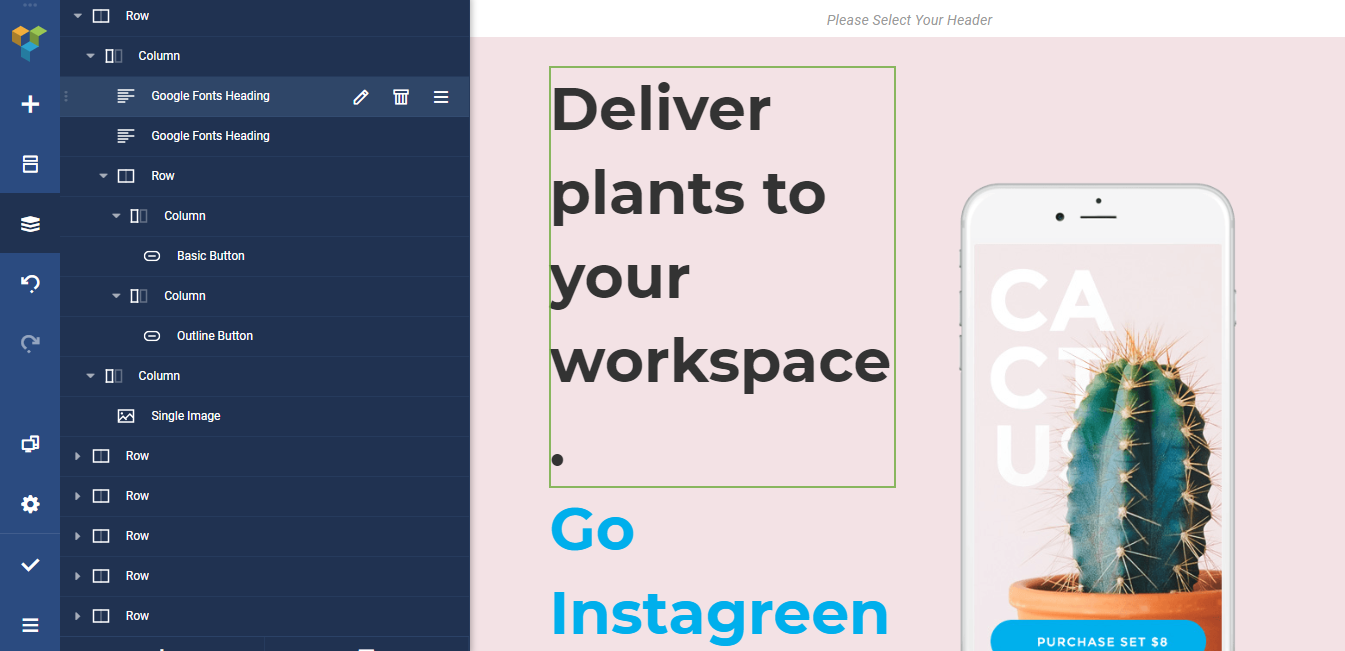

The app's Width and Height properties correspond to the dimensions of the device or browser window in which your app is running. These formulas refer to the Width, Height, DesignWidth, and DesignHeight properties of the app. Height = Max(App.Height, App.DesignHeight) The default formulas for these properties appear on the Advanced tab of the right-hand pane. To show these properties, open an app in Power Apps Studio, and then select a screen. To make your app's layouts respond to changes in the screen dimensions, you'll write formulas that use the Width and Height properties of the screen. To make your app responsive, you must take additional steps, but this change is the first step toward making responsiveness possible. (You can still specify whether your app supports device rotation.) When you turn this setting off, you also turn off Lock aspect ratio because you're no longer designing for a specific screen shape. You activate responsiveness by turning off the app's Scale to fit setting, which is on by default. You can configure each screen so that its layout adapts to the actual space in which the app is running. To achieve responsive layout, you adjust some settings and write expressions throughout your app. If you create a responsive layout, controls can respond to different devices or window sizes, making various experiences feel more natural. The app can't take advantage of the additional pixels by showing more controls or more content. If an app designed for a phone runs in a large browser window, for example, the app scales to compensate and looks oversized for its space.

If your app runs on a device of a different size or on the web, your entire layout scales to fit the screen where the app is running. Those choices underlie every other choice you make as you design screen layouts. You can also lock or unlock the aspect ratio and support device rotation (or not). You can choose portrait or landscape orientation and screen size (tablet only). This choice determines the size and shape of the canvas on which you'll build your app.Īfter you make that choice, you can make a few more choices if you select Settings > Display. The summary here is extremely simple: Don't buy it.Before you build a canvas app in Power Apps, you specify whether to tailor the app for a phone or a tablet. There is a reason these highly intelligent web developers from twitter chose them. Breakpoints across the web should mainly stay the same and anyone customizing them will make things worse in 99% of the cases. By today Smartphone and Tablet makers even adjust their devices to these settings, showing how important a standard is regarding them.
#Responsive layout maker pro source update
Bootstrap has designed breakpoints that make most sense for current devices and they update their framework to always be up-to-date.
#Responsive layout maker pro source software
I'm also mentioning outdated because I dont believe that anyone should play with custom breakpoints anymore, except some highly complex big-player company websites, that wouldnt bother with a software like RLM anyway. Do they really expect me to pay $149 for a software thats (apparently) not being developed anymore and after seeing 2 minor updates in the first 2 months? I dont think so. CoffeeCup hasnt published any updates in over a year and RLM isnt even 1,5 years old. Especially since tools like Pingedo do similar for free. By now the features of Macaw go quite a bit further than what RLM offers and I'm not even very happy with Macaw these days. I find this application awefully outdated.


 0 kommentar(er)
0 kommentar(er)
